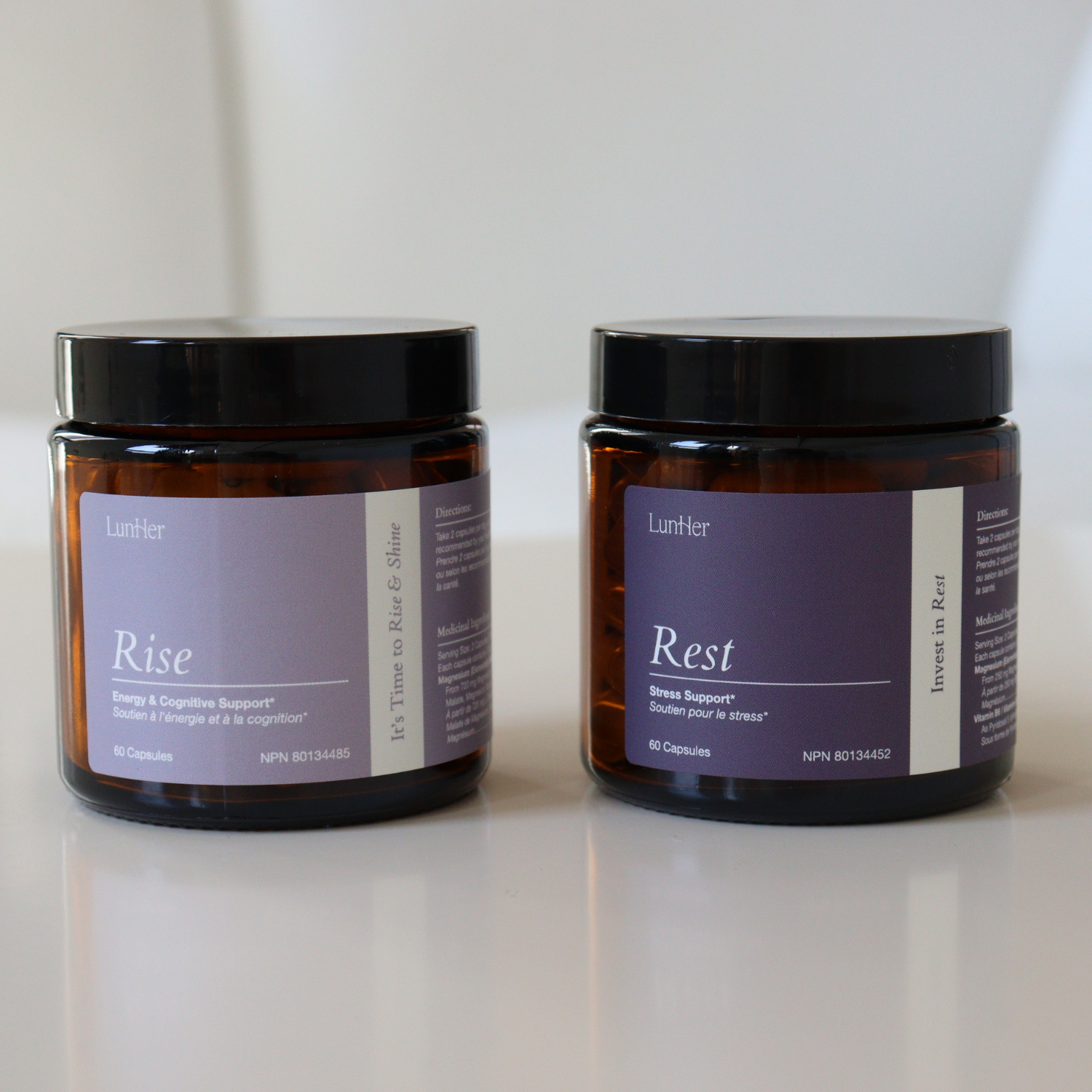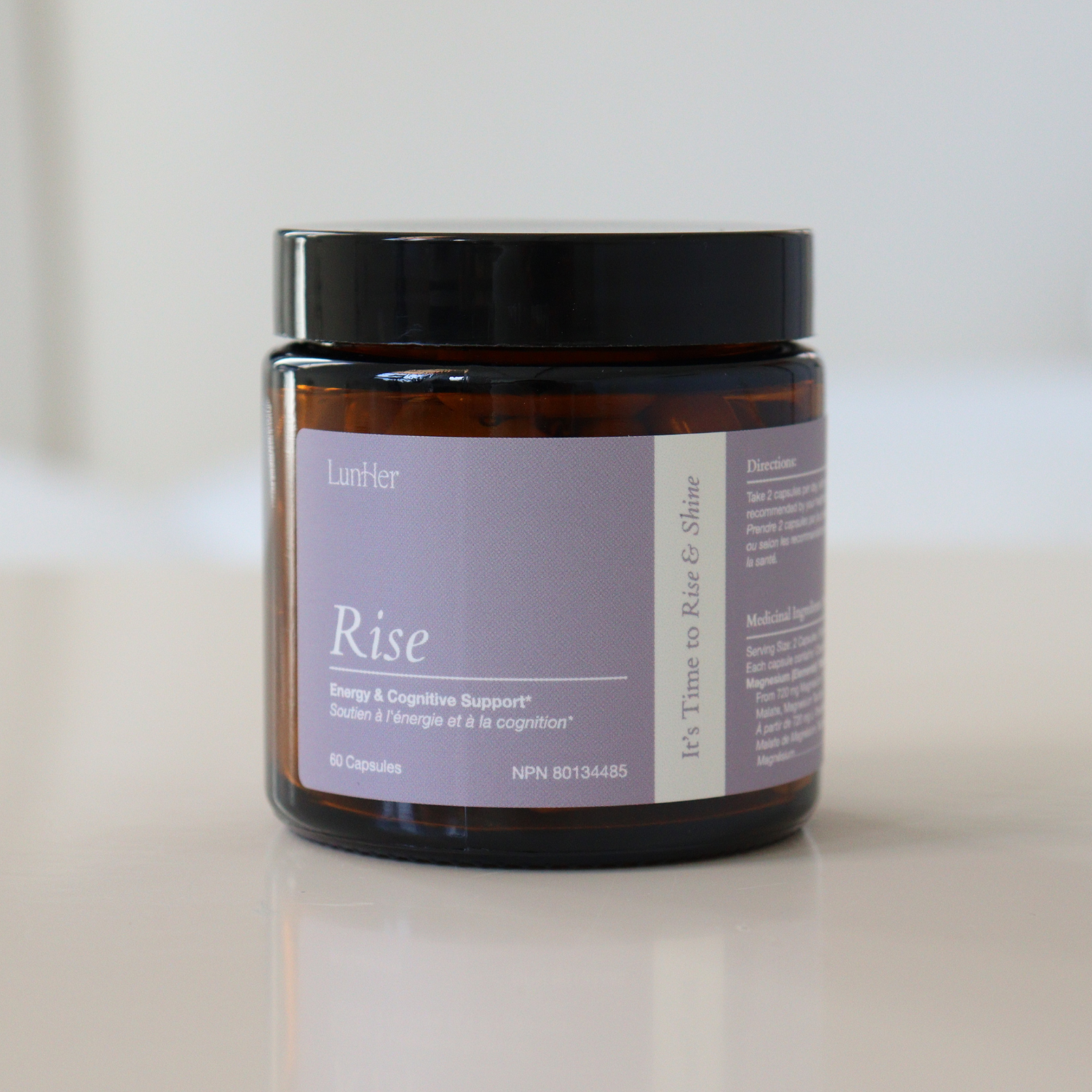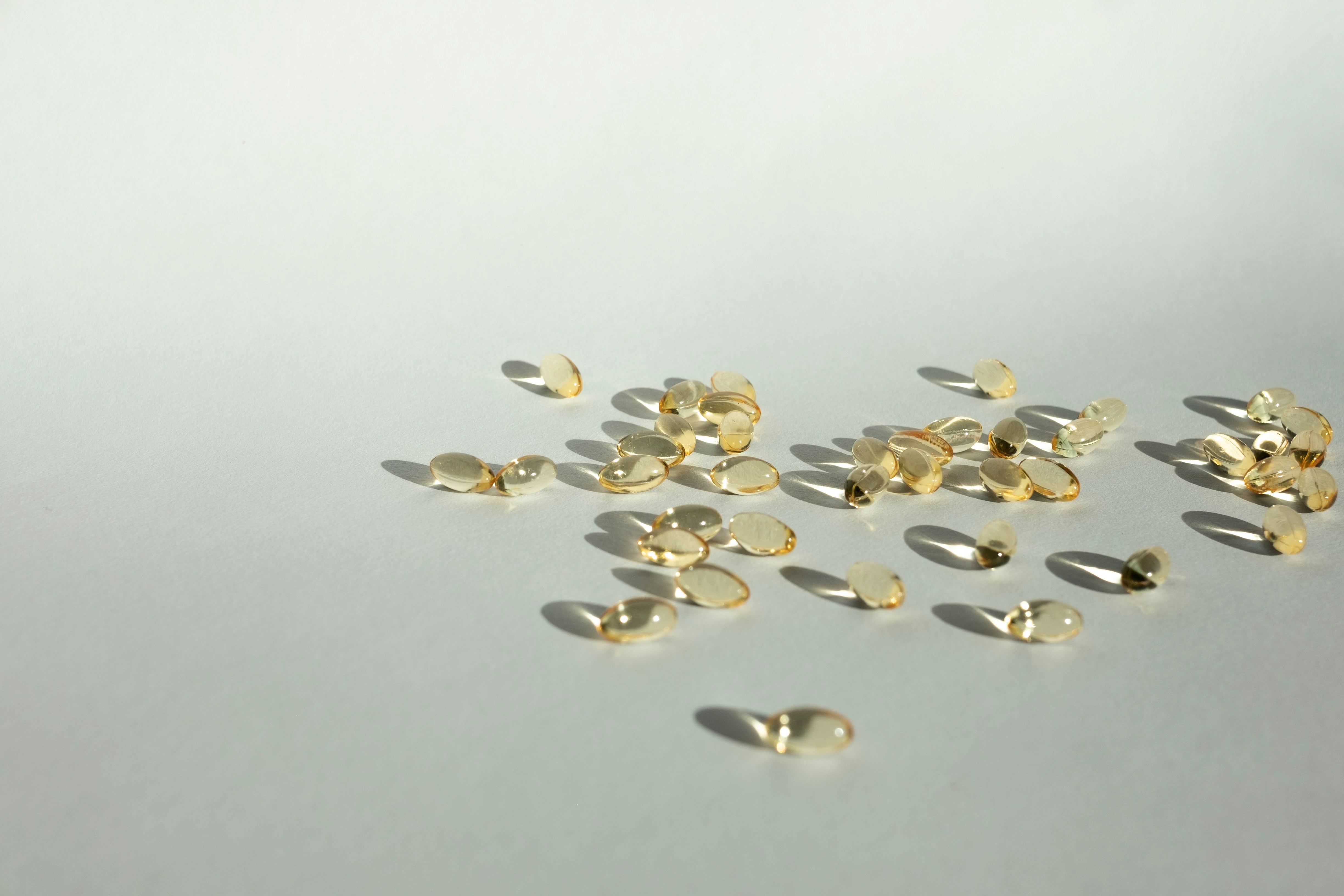
DYK vitamins can be friends and enemies too? Learn about correct pairings and how avoid the drama here
Making the most out of your Vitamins
Did you know that vitamins can be friends and enemies too? Understanding which supplements to take together, or avoid, is an easy way to optimize absorption and maximize their intended functions, leading to increased health benefits.
The LunHer Take
While vitamins are beneficial on their own, certain combinations can either increase or decrease their effectiveness. Supplements may also react to other medications so remember this is a general guideline and it's always best to consult with a healthcare professional before making changes to your supplement regimen.
The Power Partners: Vitamin D and Calcium, Omega 3, Magnesium
Vitamin D is a powerhouse when it comes to maintaining our overall health and noticeable benefits occur when it’s paired with Calcium, omega 3 or magnesium.
Calcium and Vitamin D are both important for bone strength, pairing them together will maximize the benefits. Vitamin D helps calcium get absorbed into the bloodstream, before being deposited into the bones, which significantly improves bone health.
Vitamin D helps our bodies better absorb omega-3 fats, which boosts heart, brain, joint, immune and prenatal health. Taking both vitamin D and omega 3 with a fat-containing meal can also help the supplements be absorbed into the body.
Magnesium ensures that vitamin D is properly utilized in the body. Magnesium is necessary to activate vitamin D, making it important to pair them together.
The Immunity Boosters: Vitamin C, Iron, Zinc, and Vitamin E
Vitamin C is best known for its immune-boosting properties. Additionally, it helps with the absorption of iron into the bloodstream, which is crucial for oxygen transport throughout the body. Ensure you’re taking iron with a source of Vitamin C, such as orange juice or citrus fruits.
Vitamin C also works together with zinc, to help support the immune system. Both nutrients act as antioxidants, and when paired together their benefits can increase.
Vitamin C and E both help to recharge glutathione, an antioxidant produced in the liver. Vitamin C can help the body restore levels of vitamin E and the two work together to support male and female fertility.
Antioxidants United: Vitamin E, Omega 3 Fats, and Selenium
Vitamin E is an antioxidant that helps our skin and overall cellular well-being. Pairing omega 3 with vitamin E enhances the antioxidant properties. Omega 3 and vitamin E also work together to manage lipid levels in people who struggle with weight management.
Selenium is an essential mineral that supports healthy cell function. It works together with vitamin E to support the body's overall cellular health.
The Vitality Enhancer: Vitamin A and Iron
Vitamin A plays a key role in maintaining our overall health. Vitamin A is required to move iron out of storage during new red blood cell production. Without an adequate amount of vitamin A, the body cannot access the iron that is being stored.
The Metabolism Supporters: Vitamin B6, B9, and B12
Vitamins B6, B9 and B12 work together to support the methylation cycle, which helps turn food into cellular energy. These three vitamins are also required for iron metabolism and red blood cell production. Together this combination of B vitamins can support a healthier metabolism and increase energy levels.
The Bone Builders: Vitamin K, Vitamin D, and Calcium
Vitamin K and D are both key components of calcium metabolism. Vitamin D helps absorb calcium from our food, while vitamin K helps distribute calcium to the bones. The combination of these two vitamins is much more effective than taking either nutrient on their own.
Combining calcium with vitamin K increases bone mineral density and bone quality.
VMS Enemies
Similar to how vitamins can be maximized when taken together, some vitamin pairings work against each other. Understanding these pairings is crucial for optimizing nutrient intake and maintaining overall health. Next, we explore some common vitamin and mineral pairings that should be taken at different times to avoid negative interactions.
Vitamin C & Vitamin B12
Vitamin C and Vitamin B12 are both crucial for various bodily functions. Vitamin C is known for its immune-boosting properties, while Vitamin B12 is essential for nerve function and the production of red blood cells. However, a high dose of Vitamin C can reduce the absorption of Vitamin B12. This interaction occurs because Vitamin C can degrade Vitamin B12 in the digestive tract, making it less available for absorption. To maximize the benefits of both vitamins, it is recommended to take them at least two hours apart.
Magnesium & Calcium
Magnesium and calcium are both important for bone health, muscle function, and overall physiological stability. However, they can compete for absorption in the intestines. High doses of calcium can interfere with magnesium absorption and vice versa. This is particularly important because a deficiency in either mineral can lead to health issues such as weakened bones and muscle cramps. To prevent this competition, consider taking magnesium and calcium supplements at different times of the day.
Iron & Calcium
Iron is vital for oxygen transportation in the blood, while calcium is essential for bone health. When taken together, calcium can inhibit the absorption of iron in the digestive tract. This interaction is particularly significant for individuals with iron deficiency anemia or those who rely on iron supplements to meet their dietary needs. To optimize the absorption of both minerals, take iron and calcium supplements at least two hours apart.
Vitamin E & Vitamin K
Vitamin E and Vitamin K are both fat-soluble vitamins, but they have opposing effects on blood clotting. Vitamin E acts as an anticoagulant, which means it can inhibit blood clot formation. On the other hand, Vitamin K is essential for blood clotting. High doses of Vitamin E can interfere with Vitamin K’s role in blood clotting, potentially leading to an increased risk of bleeding. To avoid this antagonistic effect, it is best to separate the intake of these two vitamins.





